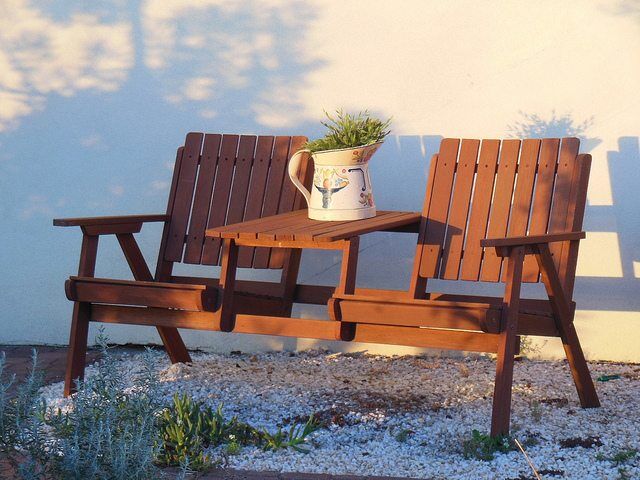Explore The Fascinating Odyssey Of Reconditioning Historic Cabinets, Unmasking Surprise Narratives And Decoding The Secrets Of Previous Generations
Explore The Fascinating Odyssey Of Reconditioning Historic Cabinets, Unmasking Surprise Narratives And Decoding The Secrets Of Previous Generations
Blog Article
Authored By-Stanley Stefansen
To start the journey of recovering antique cupboards, you need a keen eye for detail. Imagine discovering hidden keys within each layer of history ingrained in the timber. Image the contentment of revitalizing a once-forgotten item to its previous splendor. Every action of this precise procedure holds the essential to protecting the past while creating a future heirloom. So, are you all set to embark on this transformative venture and unlock the capacity of your antique cabinets?
Analyzing the Cabinet's Condition
When beginning the repair process, start by examining the problem of the antique cabinet. Very carefully check out the general framework for any type of signs of damage such as fractures, chips, or loose joints. Examine https://new-home-inspectors-near22097.digitollblog.com/29116693/how-to-care-for-and-keep-your-personalized-cabinets-professional-tips for any type of rot, bending, or insect infestation that might have occurred with time. It's vital to figure out the degree of the reconstruction required prior to continuing further.
Next, inspect the cabinet's equipment such as joints, knobs, and locks. Make note of any type of missing out on pieces or components that need repair work or replacement. Make certain that all hardware is operating appropriately and securely connected to the cupboard.
In https://home-inspection-cost-near87643.bloggactif.com/30097726/how-to-select-the-right-timber-for-your-personalized-cabinets-a-comprehensive-guide , evaluate the closet's finish. best bathroom renovations for any type of scrapes, discolorations, or staining that might impact the visual appeal. Determine if the coating needs to be removed and reapplied or if a simple touch-up will suffice.
Collecting the Needed Devices and Products
After assessing the condition of the antique cabinet, the following step is to gather the needed tools and products for the reconstruction procedure. Prior to you start, guarantee you have the following products accessible:
- timber cleaner
- sandpaper in various grits
- wood filler
- paint or timber tarnish
- brushes
- handwear covers
- safety goggles
- a dirt mask
- a drop cloth
- a putty blade
- a hammer
- a screwdriver
- a vacuum cleaner
These devices and materials are crucial for an effective remediation.
Timber cleaner is critical for eliminating years of dust and crud buildup, preparing the surface for sanding. Sandpaper of various grits helps in smoothing out imperfections and preparing the timber for a brand-new surface. kitchen remodel budget is handy for fixing any type of splits, openings, or dents existing in the cabinet.
Repaint or timber tarnish, together with brushes, allow you to tailor the cabinet to your preference. Bear in mind to use handwear covers, safety and security goggles, and a dust mask for protection. Lay down a ground cloth to secure your workspace, and make use of a vacuum to tidy up any type of particles.
With these devices and products collected, you prepare to begin the restoration process.
Performing the Reconstruction Process
To successfully carry out the restoration procedure on your antique closet, start by extensively cleansing the surface with the timber cleaner. This step is essential as it aids remove years of dust, crud, and old polish that may have accumulated externally.
When the cupboard is clean and completely dry, assess the condition of the wood. Search for any kind of cracks, scrapes, or various other damages that require to be addressed. Use wood filler to repair any kind of blemishes, making certain to match the filler shade to the wood tone for a seamless surface.
After the repairs have dried out, carefully sand the whole surface to develop a smooth and also base for the new finish. Be careful not to sand too aggressively, as you don't intend to harm the wood underneath.
Once the sanding is complete, use a timber tarnish or complete of your option, complying with the manufacturer's instructions. Permit the surface to dry totally before applying a safety leading layer to make sure the longevity of your recovered antique closet.
Final thought
Now that you have actually completed the repair process, your antique closet looks as good as new.
By adhering to the step-by-step overview, you had the ability to assess, fix, and boost its condition with ease.
With a fresh coating and protective leading layer, your valued piece will certainly remain to beam for many years ahead.
Enjoy the beauty of your restored antique cupboard!
